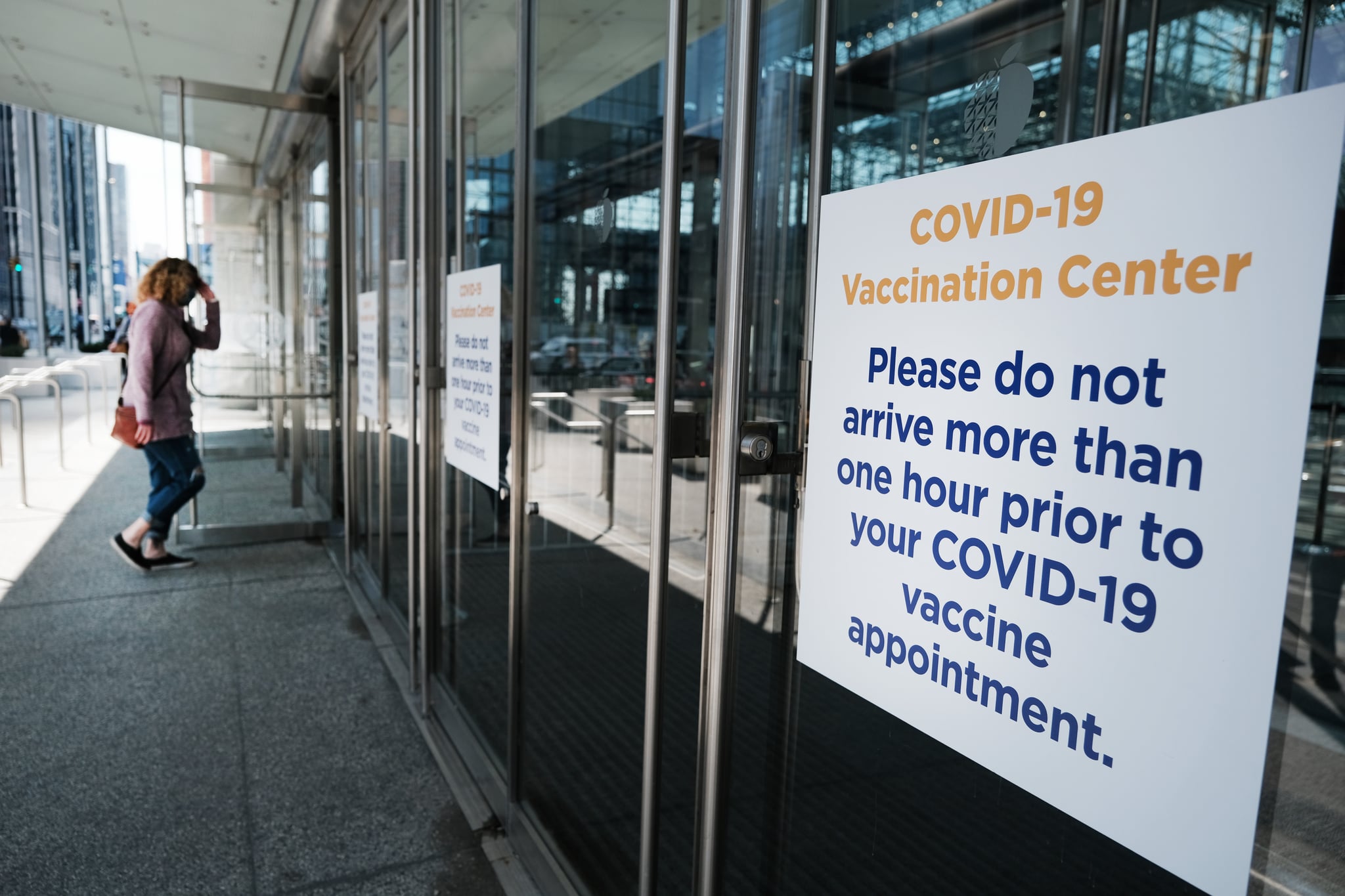
According to a statement by the acting FDA commissioner Janet Woodcock, MD, on Sept. 22, those in the United States who have already received the Pfizer vaccine will be able to receive a COVID-19 booster shot if they belong to specific at-risk populations. This classification includes healthcare workers, grocery store workers, those who work in education and childcare, along with other at-risk groups.
US health officials are expected to decide on the necessity of booster shots for at-risk groups who’ve received the Moderna or Johnson & Johnson (J&J) vaccines in the coming weeks.
Who Is Eligible For a COVID-19 Booster Shot?
As of Aug. 13, the CDC recommended that those who are moderately to severely immunocompromised should receive a booster shot at least 28 days after their second dose of either the Pfizer or Moderna vaccines. So it’s best to speak to your medical provider to see if you qualify for a booster shot now.
Otherwise, beginning Sept. 22, booster shots will be available to recipients of the Pfizer vaccine that are part of an eligible at-risk group (and over 18 years old) or anyone who is 65 years old or older. For those who will be eligible to receive the booster shot in September, know that you don’t have to run to the nearest vaccine site just yet. You should get your booster shot six months from when you were fully vaccinated.
To figure out when you should receive the booster shot, check out the chart ahead. The column on the left is for the month in which you were considered fully vaccinated and the column on the right is the month you should get your booster shot.
Reminder: To figure out your fully vaccinated month, count two weeks from your second dose date on your vaccination card.
| Month You Were Fully Vaccinated | Month You Should Get the Booster Shot |
|---|---|
| January | July |
| February | August |
| March | September |
| April | October |
| May | November |
| June | December |
| July | January |
| August | February |
| September | March |
| October | April |
| November | May |
| December | June |
